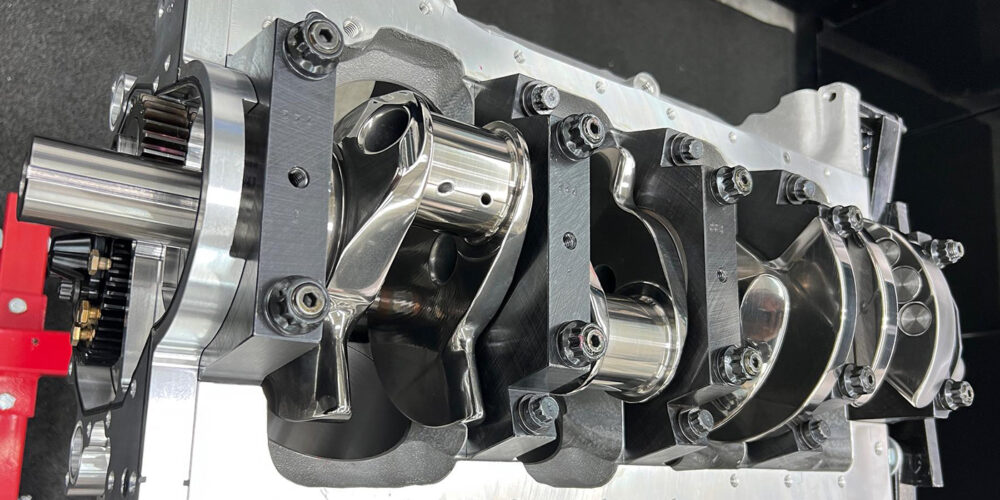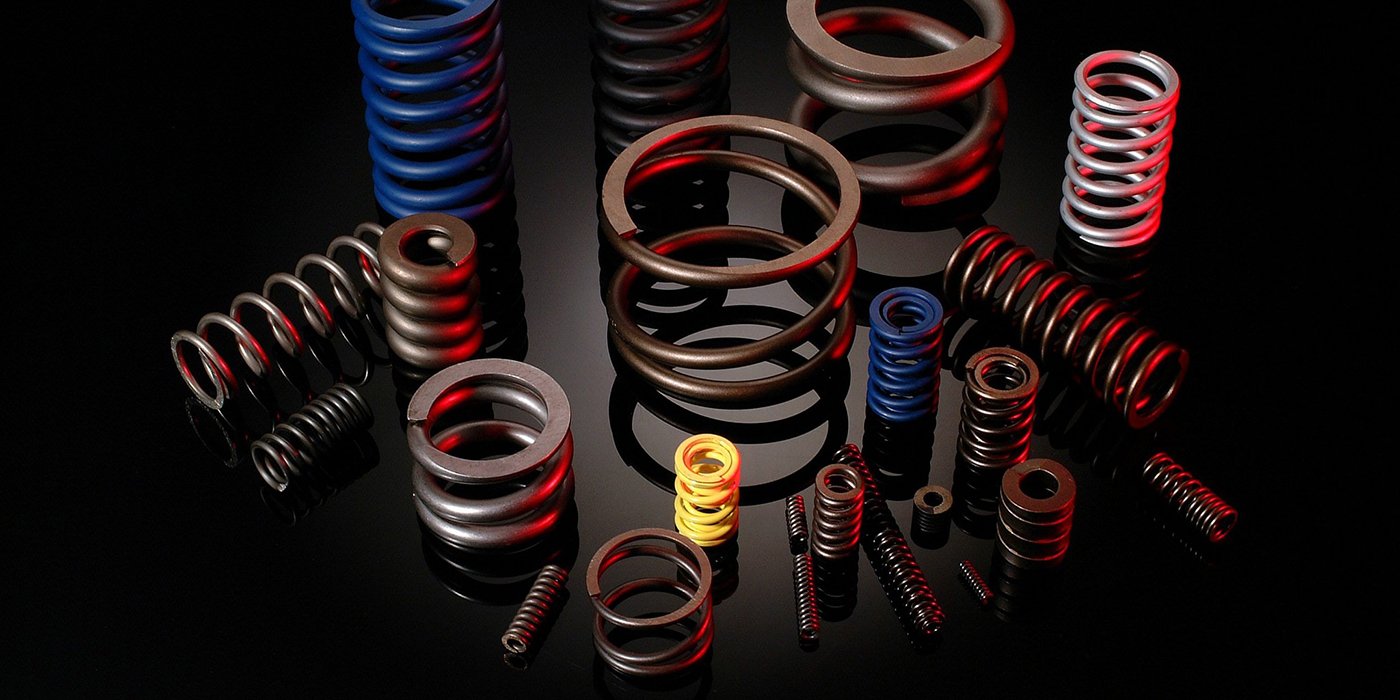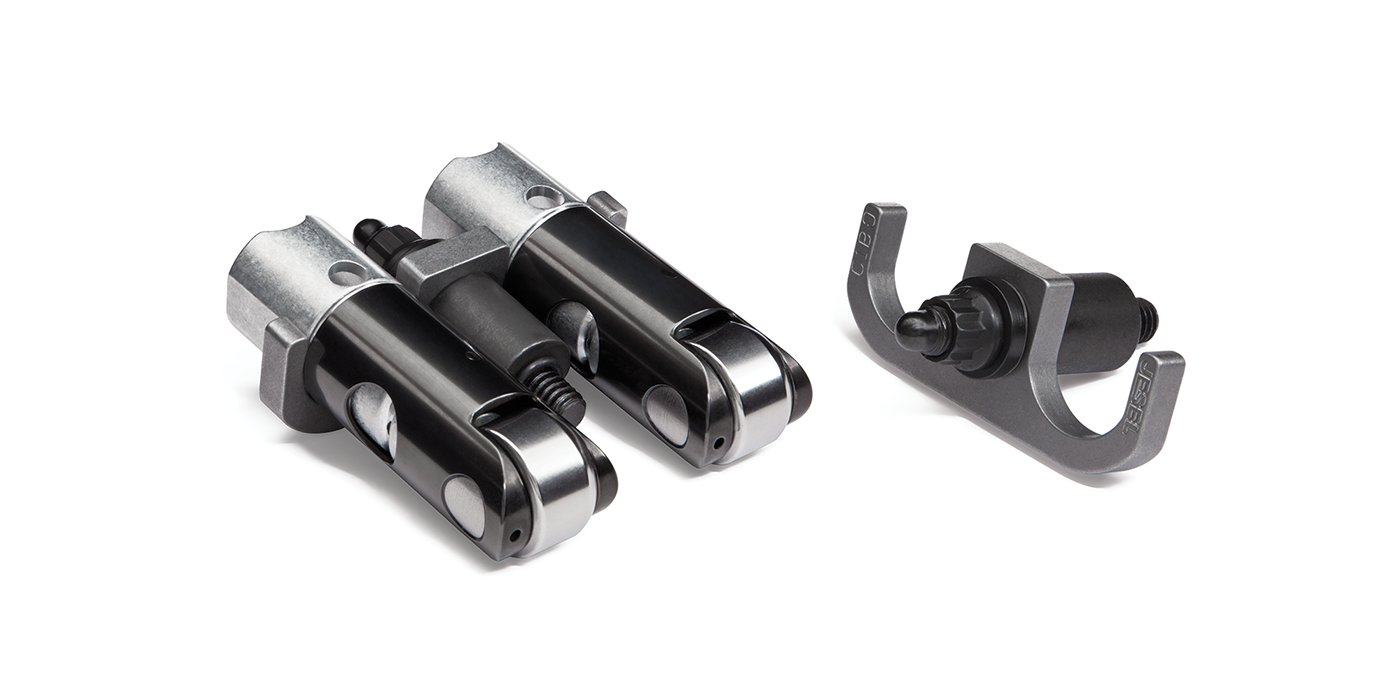Conventional wisdom says that if you are going to upgrade any kind of performance engine, your customer will likely need to upgrade other components. Brakes, suspension, transmission – all components that can be impacted by dramatic increases in power.
The rear end is no different. In many cases if you’re adding big power (especially for Ford hot rods and performance cars) you’re likely to use a 9˝ Ford differential. But what if your project is of modest horsepower…say in the 300 hp range – is a Ford 9˝ really necessary? And are there other options available?
The one differential you might consider is a Ford 8.8 from a Mustang or Ranger pickup.
Before you laugh and turn the page, hear me out. The Ford 8.8 differential is lighter than the Ford 9˝ differential, less expensive to buy used, and with a little modification can be as strong or stronger than a GM 12-bolt differential.
What you need to know…
The Ford 8.8 is virtually a clone of the Chevy 12-bolt and therefore almost as strong. Most differentials are described by their ring-gear diameters. A Ford 9˝ has a ring-gear diameter of, you guessed it, nine inches, closely followed by the 12-bolt at 8.875˝, with the Mustang rear at 8.80˝.
Another strength consideration is pinion-shaft diameter. Here, the 8.8 Ford and the GM 12-bolt are identical at 1.625˝ and in fact, they use the same pinion bearings.
Five-Lug Axle Swap
The very first thing to change on a Mustang 8.8 differential (which is by far the most common 8.8 differential available) is the stock four-lug axles.
The odd stock 4-bolt wheel pattern isn’t even the same as the early Mustang six-cylinder stuff from the ’60s, so you can’t even reuse old wheels. The least expensive axle swap is from the Ranger pickup. You want to search the bone yard for a couple of late-’80s to early ’90s Ranger pickups.
You’ll need to find two trucks because you’ll have to pull the left-side (driver) axles from both trucks, which are the same length as the stock Mustang axles but have the five-lug pattern.
You need two left axles because once an axle takes a “torsional set,” it does not like to suddenly be twisted in the opposite direction. So the Ranger axle that goes on the right side (passenger) could fail if subjected to enough high torque loads.
While you are pulling the Ranger axles, if you can find two serviceable brake drums you will want to snag them as well, since you will need five-lug drums to match the axles.
This is also a great time to install new axle bearings in the housing. The bearings are pressed into the housing using the axle shaft as the inner bearing race, just like a GM 12-bolt.
This also means that when you pull the Ranger axles inspect the bearing surface carefully. If there are pits in the axle-bearing race area, avoid that axle because it will soon fail, even with a new bearing.
The weakest point of the 8.8 differentials are the 28-spline axles (1.18 inches in diameter). The 31-spline axles (1.29 inches in diameter) are more desirable but far less common. Most ’91–’01 Explorers have 8.8s and 31-spline axles. You can buy aftermarket 31-spline axles, but that will also require a new carrier and side gears.
Most 8.8s have offset pinions, but 8.8s in Mustangs have axles that are the same length side to side. The ’86–’93 Mustangs have 29.063˝ axles, and the rear end is 59.25˝ from axle flange to axle flange. The ’94–’98 axles are 0.75˝ longer (the rear end is 1.5˝ wider overall). The ’99–’04 is another 0.75˝ longer (the flange-to-flange width is 3˝ wider than with ’79–’93 Mustangs).
Most aftermarket axles are made of a stronger material than stock. The Ford OE axles are made of SAE 1055 or 1541 carbon steel that are induction-hardened, which means they are hardened only about 0.150˝ deep while the majority of the axle remains relatively soft.
Not only do aftermarket performance axles use superior alloy steel, but they also benefit from a thicker wheel-mounting flange and a stronger design with a gentler radius between the wheel flange and the axle shaft.
ID Tags:
The Ford 8.8 differential ID tag attached to the differential will tell you the gear ratio, rear end style, and whether it has limited-slip. Also on the tag is an ID number, which, until 1985, included four to five letters and no numbers. Almost all 8.8s – and all post-’86 Ford rear ends – have letters and numbers.
If your customer’s plans include a trip down the drag strip, there is a C-clip safety issue that needs to be addressed. NHRA bans C-clip axles on any car running 10.99 or quicker.
When you break an axle held in by C-clips, the broken axle shaft can slide right out of the housing and push the tire into your quarter-panel causing you to loose control. Hence, the rule. There are plenty of aftermarket C-clip elimination kits available from the aftermarket.
The Details
Some 1986–1993 Mustangs came with disc brakes. All SVO Mustangs had five-lug axles and disc brakes, and after 1994 most Mustangs had rear disc brakes.
On early vehicles, the metal ID tag is bolted to the differential cover Ford started phasing out the metal tags in the late-’80s, replacing them with a sticker located on the axle tube by the brakes.
The stock axle tubes have been known to turn inside the housing, as they’re held into the third member by just two plug welds. Use nickel rod and weld the tubes all the way around where they enter the housing.
The good news is that many of these 8.8 differentials included the Traction-Lok limited-slip differential option, which can be identified by a large, S-shaped clip pressing against the inside of the side gears. This can be seen only with the cover off; without an ID tag, you can’t spot a Traction–Lok from the outside.
There were a few weird production items, such as plastic differential covers used on ’90s Rangers and Explorers.
Fox-body Mustang 8.8 differentials have coil-spring perches and tabs for the control-arm bushings. Only truck versions and the early explorer SUV’s had leaf-spring pads.
From the factory, 8.8 differentials used 1330- or 1310-series U-joints. This is the companion flange where the yoke bolts. The 1330 has a 3-3⁄16˝ width for the U-joint, and the 1310 has a 3-5⁄8˝ width. The 1330 are usually found in Ford trucks.
The aftermarket sells flanges of various widths for added strength and conversions for HD off road Jeep applications, all of which fit either the original 1330- or 1310-series universal U-Joints.
- Factory 8.8 Gears Available with Traction-Lok: 2.73, 3.08, 3.27, and 3.55:1
 All Factory Ratios: 2.26, 2.47, 2.73, 3.08, 3.27, 3.45, 3.55, 3.73, and 4.10:1
All Factory Ratios: 2.26, 2.47, 2.73, 3.08, 3.27, 3.45, 3.55, 3.73, and 4.10:1
So with all of this technical information at hand maybe the Ford 8.8 differential is worth a look. The cost savings can be substantial, compared to building a Ford 9˝ and if you don’t need the extra strength you (and your customer) can spend your money elsewhere. ν













